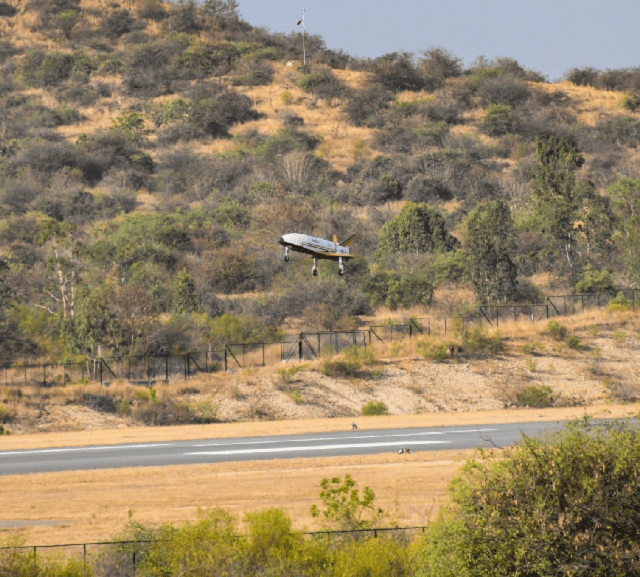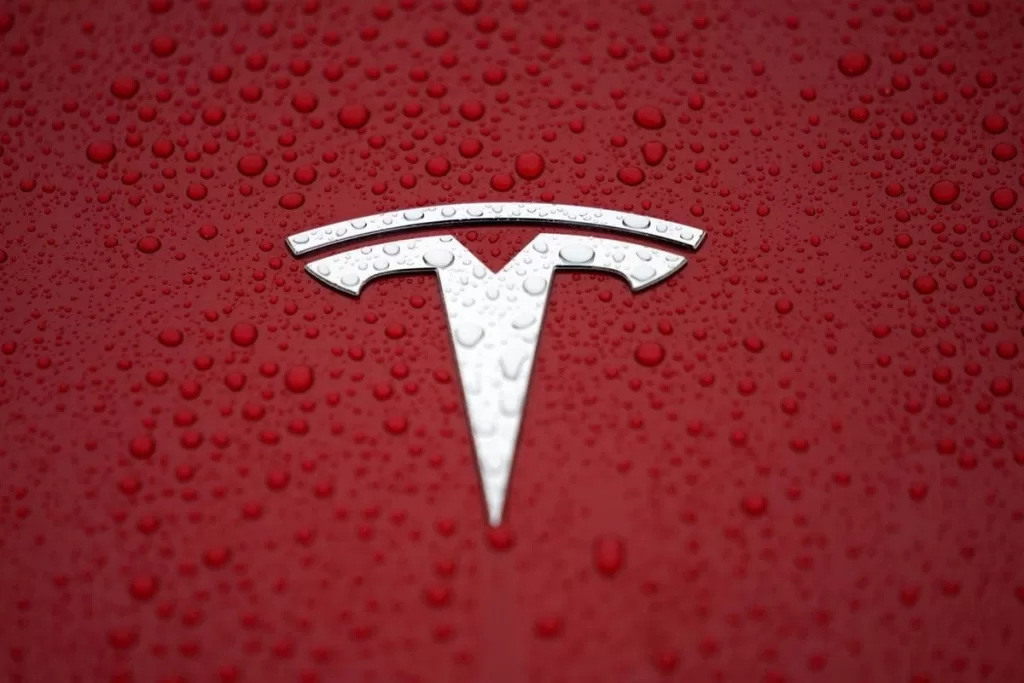Tesla (TSLA.O) has shifted away from an ambitious plan for advancements in gigacasting, its innovative manufacturing process, according to two sources familiar with the situation. This development signals a retrenchment by the electric-vehicle manufacturer amidst declining sales and increasing competition.
Gigacasting, a pioneering technique utilized by Tesla, involves employing massive presses with thousands of tons of clamping pressure to die-cast large sections of a car’s underbody. Last year, as Tesla was developing a new small-vehicle platform, it aimed to produce the underbody in a single piece, with the goal of simplifying manufacturing and reducing costs significantly.
However, Tesla has since halted this initiative, choosing to continue using its more established method of casting vehicle underbodies in three pieces: two gigacasted front and rear sections, along with a midsection composed of aluminum and steel frames for battery storage. This decision aligns with the approach Tesla adopted for its previous models, including the Model Y crossover SUV and the Cybertruck pickup.
Tesla’s retreat from the one-piece gigacasting approach represents a significant shift, yet the automaker did not respond to requests for comment on the matter. This move comes as Tesla adjusts its spending amidst declining sales and profit margins, softening electric vehicle demand worldwide, and heightened competition from rival EV manufacturers like China’s BYD. Tesla has recently undergone layoffs and seen the departure of several senior executives, reflecting a broader strategy shift towards prioritizing the development of self-driving vehicles over aggressive growth in EV sales volume. This change in direction occurred before Tesla’s decision in late February to discontinue development of the Model 2, the first vehicle slated to utilize the one-piece gigacasting method, as reported by Reuters on April 5th.













